CLEVELAND — A quick scan of the Cleveland skyline has included at least a handful of cranes since the pandemic started.
The Beacon was one of the first along Euclid Avenue, joined by Playhouse Square’s The Lumen, and then Ohio City’s Intro Cleveland. Now, Sherwin-Williams is constructing it’s new global headquarters in the heart of Downtown.

Pulling the financing together for those larger projects is often a challenge, but much smaller projects in other parts of Cleveland are finding obstacles to locking in much smaller sums.
It doesn’t take too much searching to realize projects that seem like they’d be much more manageable are running into redlining and disinvestment challenges that have been building up for decades.
East 25th Street
Reviving old buildings like the mid-1800s apartment building that Mike English bought often takes a lot of vision to see what old and outdated living spaces could be transformed into.
“Little kitchen over here, and it’ll wrap around the wall here,” said English as he led News 5 through the first floor of his building.

The challenge is that the vision eventually needs to be paid for and old buildings rarely make for cheap projects.
“We got into it knowing that we might find things that would add up, we had an estimate of our budget and we were way short,” said English.

Normally, a growing budget would only be a small problem that could be solved with the construction loans English has gotten on similar renovations in the past.
The difference this time around is that those projects weren’t on Cleveland’s East Side.
“Our appraiser just told us he couldn’t find other values close enough to our property that justified giving us a higher appraisal, and it’s hard to argue with that,” said English.
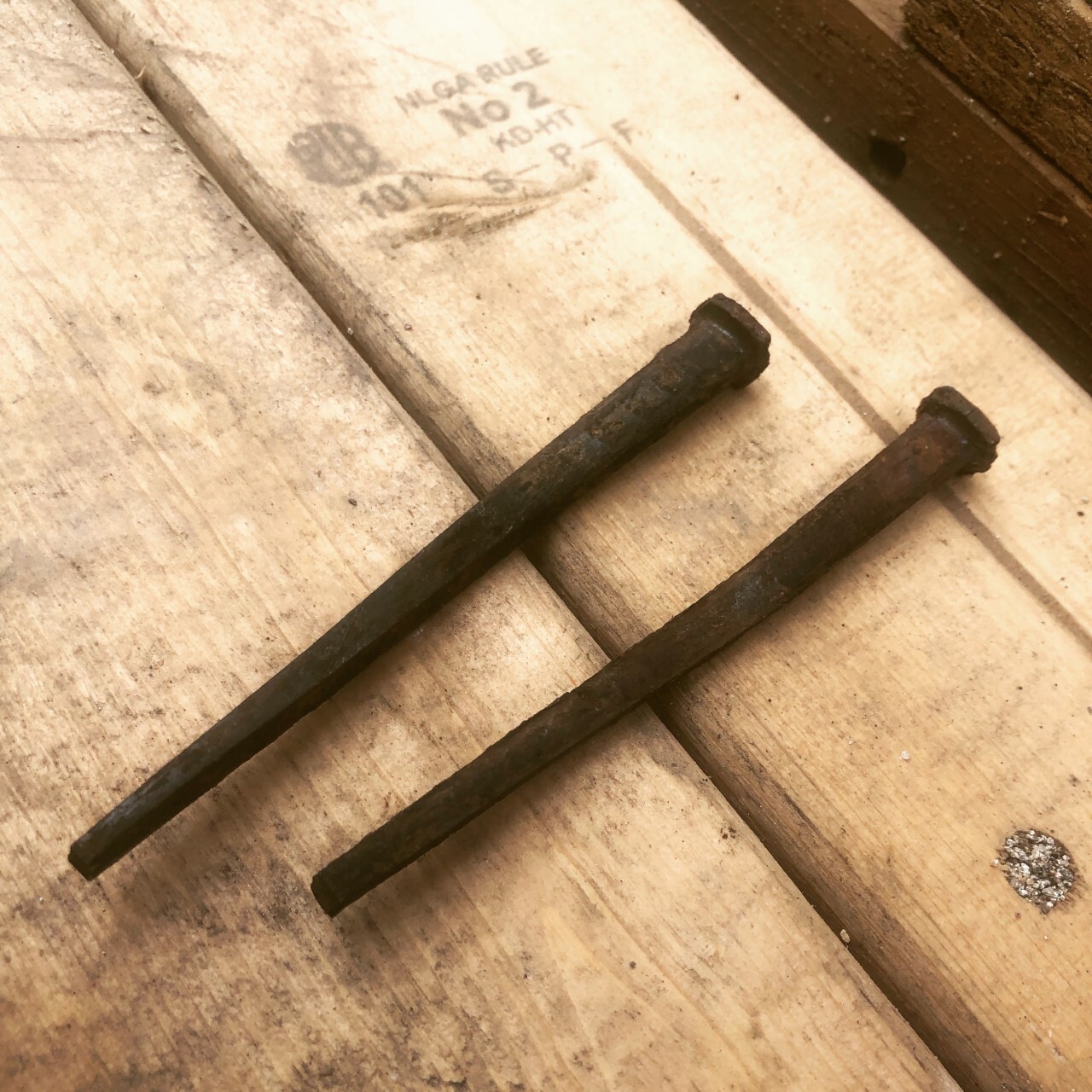
Appraisal values are created by analyzing the properties nearby to ensure a lender doesn’t loan out much money for a project that won’t be able to pay it back.
It creates a cruel paradox in communities like Cleveland’s east side where well-documented cases of redlining and disinvestment for decades drove down the values of many of the properties. When investors like Mike English and others come along, it means the projects that would lift the region up can’t get loans big enough to succeed.
Allen Estates in Hough
“It’s a cold reality,” said Frontline Development Group’s Sheila Wright.
Wright is fighting back against historical wrongs that have created blighted properties or vacant lots around the Hough neighborhood.
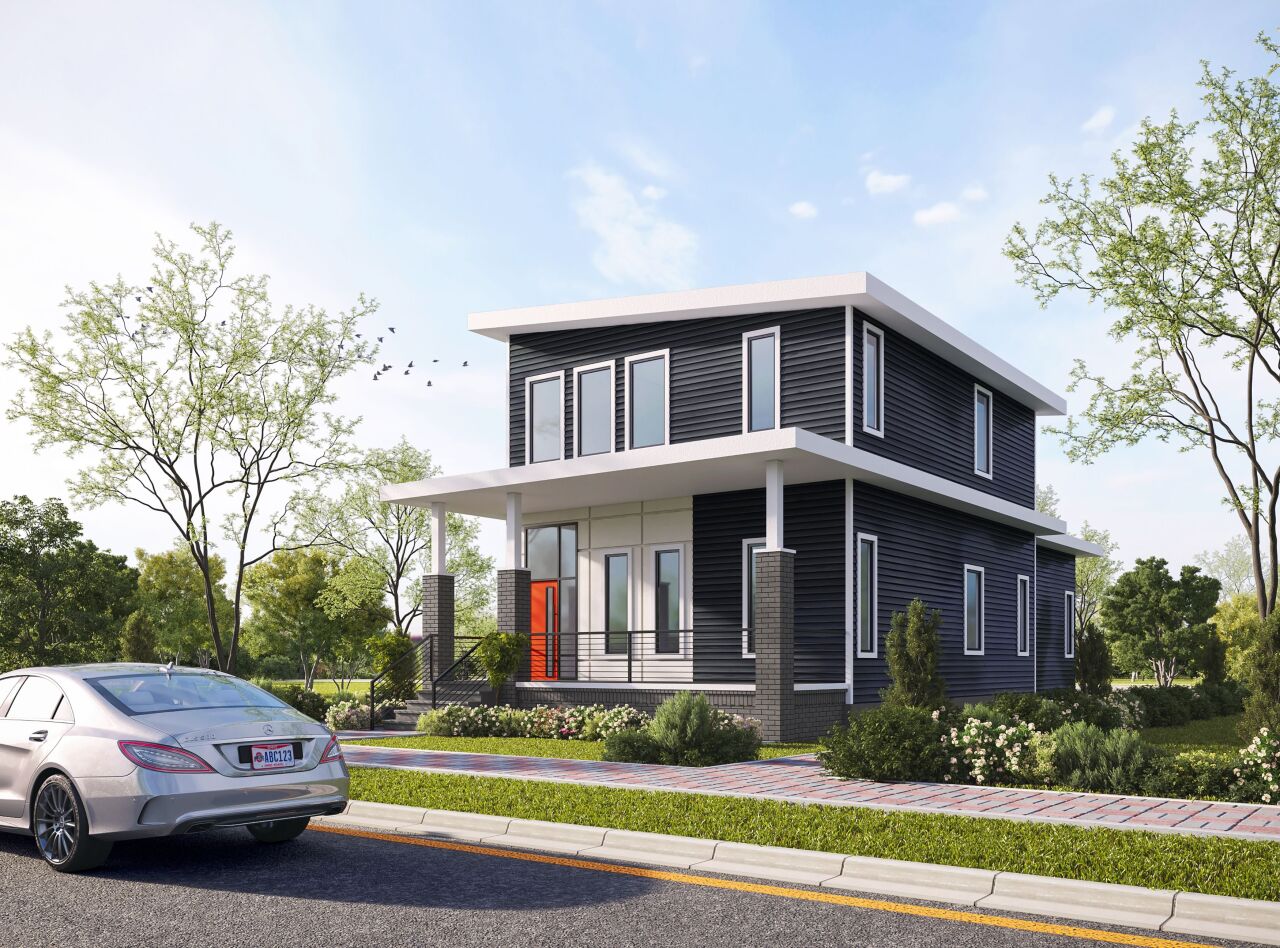
She’s about to build Allen Estates, which will add 237 new homes to the middle of the Hough neighborhood near Historic League Park. The project is trying to create the kind of density that existed generations ago, when baseball was will played in the middle of the neighborhood.
The first six single-family homes are due to finally break ground on Valentine’s Day, but just like English’s project, Allen Estates also ran into appraisal gaps when Wright was looking for a construction loan which threatens to drive up the sale prices of the homes, threatening to defeat the purpose of the project.

“We want our buyers walking in with equity, we want folks that look like me to be able to capitalize off of all this investment,” said Wright.
Gap Financing
When the appraisal is too low, program that provide “gap financing” have been trying to close the gap and make projects or home sales work anyway.
HUD’s The HOME Program, “grants to states and units of general local government to implement local housing strategies designed to increase home ownership and affordable housing opportunities for low and very low-income Americans,” according to its website.
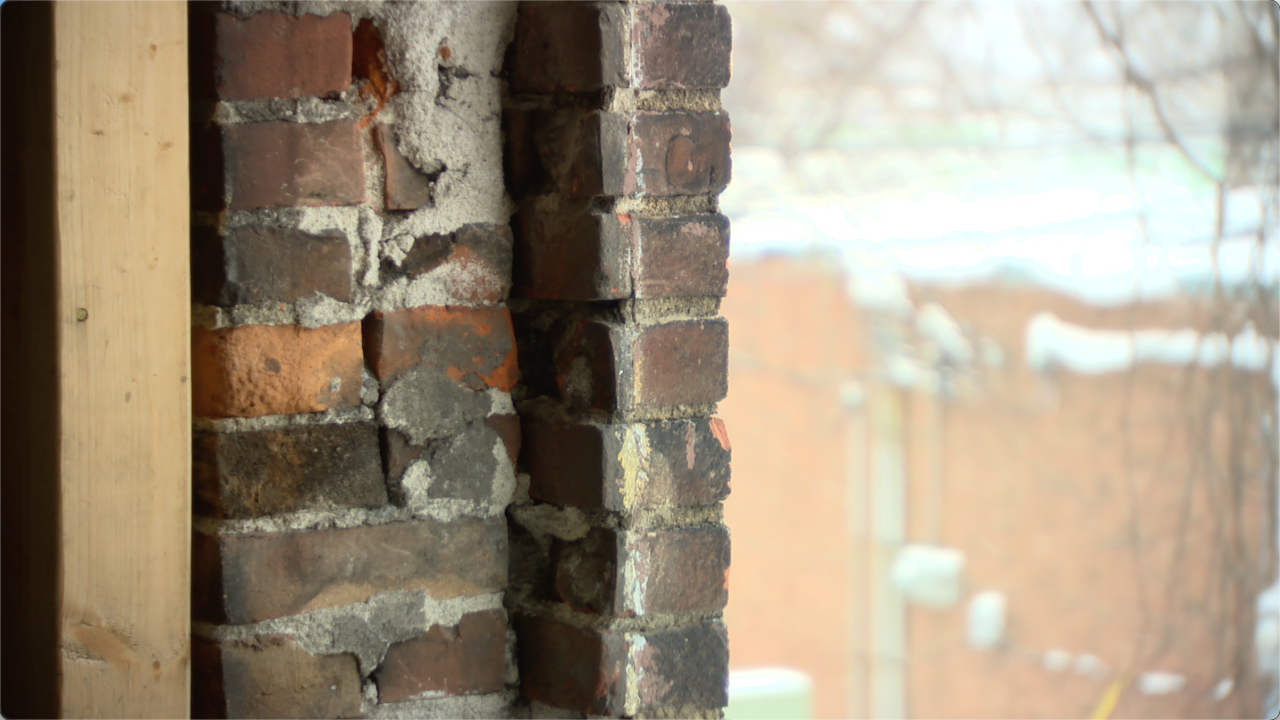
Similarly, the City of Cleveland has used a variety of lending and grant models to provide different kinds of gap financing in various situations.
But Ward 7 Cleveland City Councilmember Stephanie Howse says those efforts haven’t been big enough.
“People talk about the history of redlining and it’s like some oral history project,” said Howse. “We are still consistently dealing with the ramifications of redlining.”
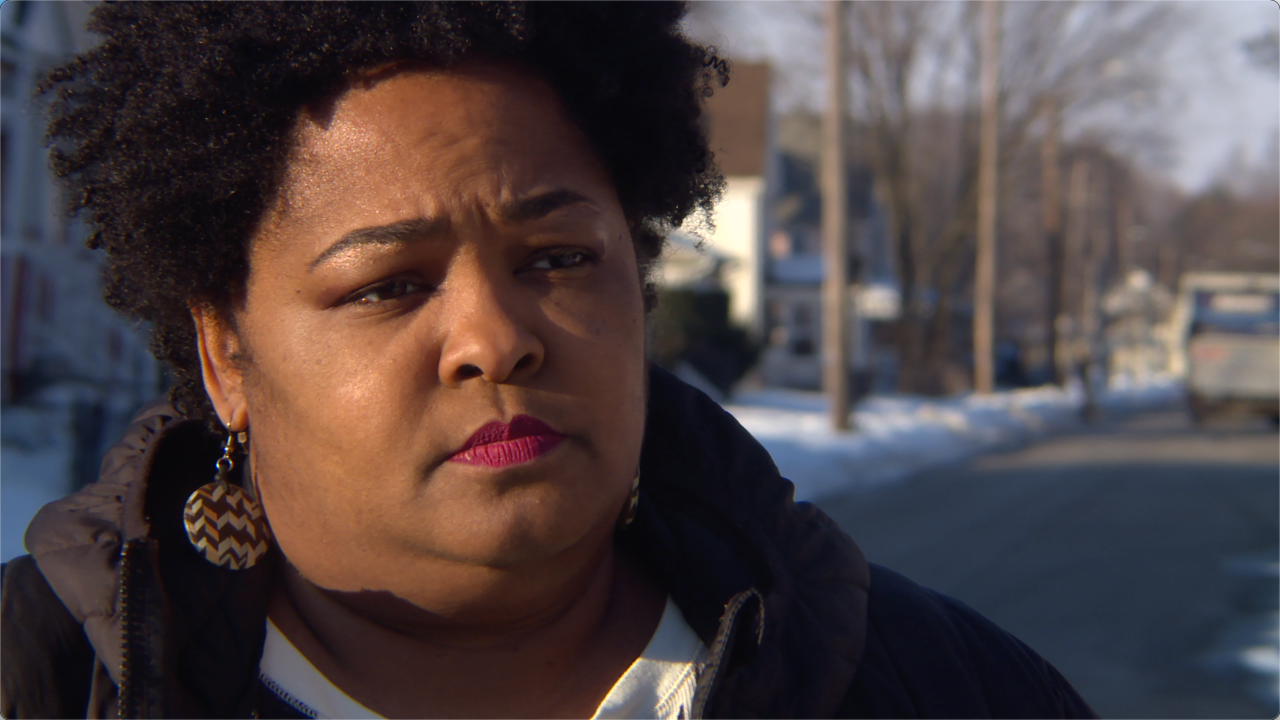
That's why Howse says she’ll push for larger parts of the city’s budget to be committed to gap financing and grants that can address these issues on the long-term basis.
“What you look like is unfortunately one of the main determining factors of how high of a mountain you have to climb and how significant the barriers are just to get some of the investments that you know have traditionally been done for others,” said Howse.
She said that could include pressuring banks to lend more money into historically disadvantaged communities by making it a condition of holding the city’s accounts.
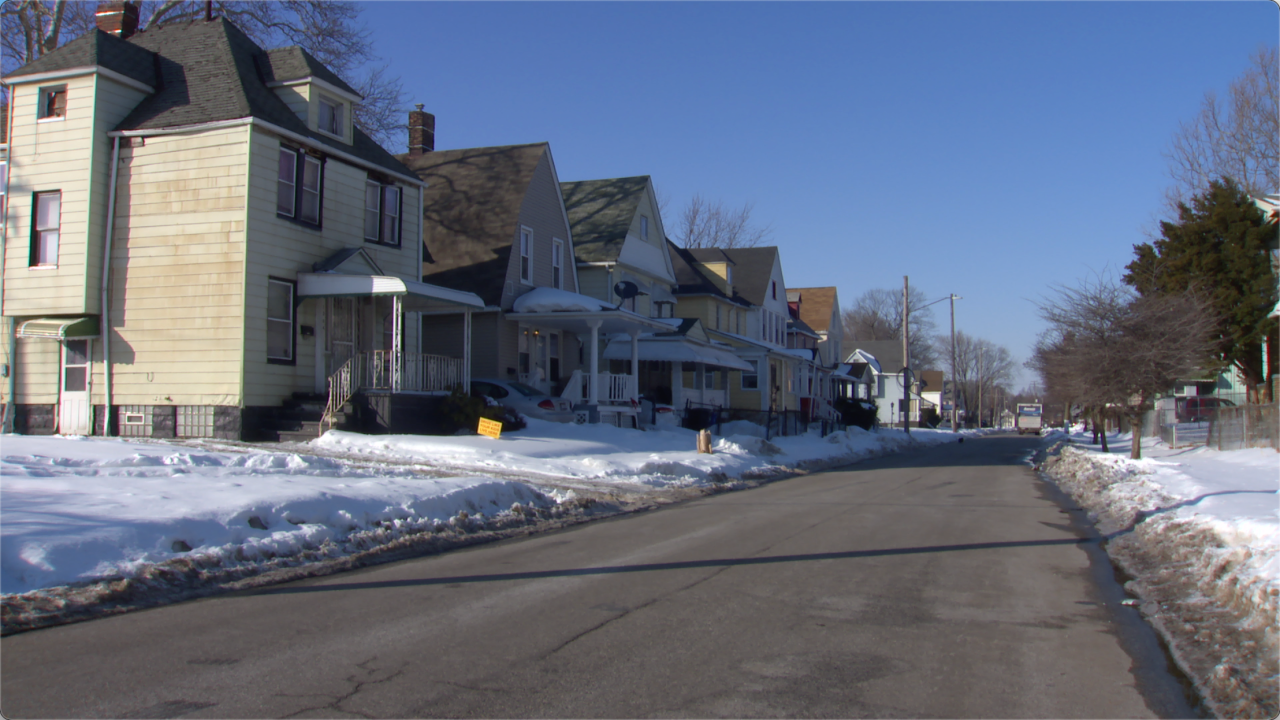
“These national banks are able to leverage the dollars that we give them week in and week out but our folks can’t get any benefit from that,” said Howse. “That’s not right.”
Early Success
“Cleveland is a city of neighborhoods, it’s also a tale of two cities,” said St. Clair Superior Development Corporation Executive Director Jeremy Taylor.
Taylor recently started leading the East-Side organization that serves the area near where he grew up. The goal right now is to connect with as many residents as they can, letting them know that the development corporation can connect them to resources and financial literacy programs to help make their community a better place to live.
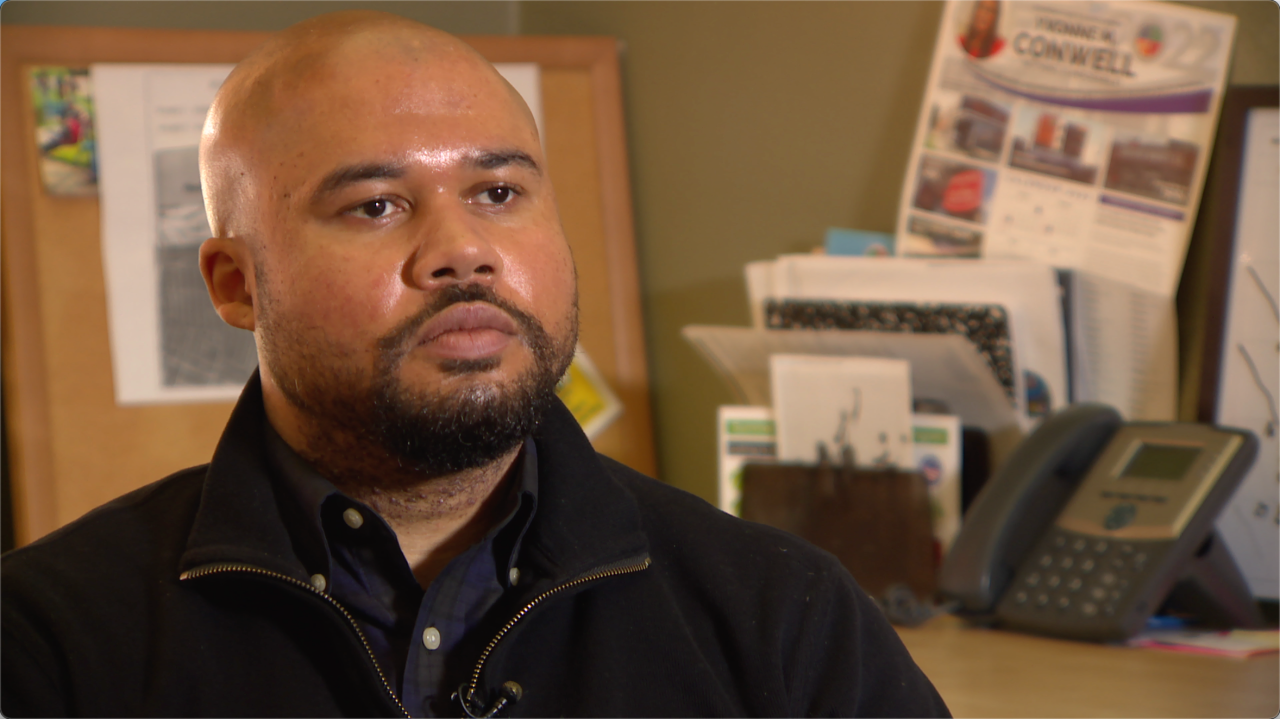
He also purchased his own home with the help of a grant intended to make home ownership on the East Side more affordable, even as rent and property values continue to rise in the core of Downtown Cleveland. Even though more investment has been happening outside the area his corporation serves, he says open lots can also be seen as a feature.
“We’ve got the assets, we’ve got the people and we’ve got the place,” said Taylor. “I see it as the deck is stacked in our favor because we have so much room to grow.”
Setting the stage for the future
Because one of the main barriers in the reinvestment effort is the appraisal process, there’s agreement that gap financing’s short-term fix can lead to long-term benefits.
“This is about communities that have suffered disinvestment, but this is a new day for Cleveland,” said Wright.

Projects built today will add value to the neighborhoods they go into, allowing future developers to get bigger loans, complete bigger projects, and lift communities up.
“If we do not change the direction of communities right now, we’re going to be saying the same thing when you think about 25, 50, 100 years from now because we did not do the work today,” said Howse.
“Cleveland’s in this pivotal moment, I feel like, where this city is growing from the downtown outward and exciting things are happening and for it,” said English. “Spreading eastward and for the improvements to spread that way, we probably need to have an awareness in our city about it.”

Wright’s dream is to create an East Side and Hough neighborhood like what used to be there: a thriving and dense community with all different people, living near each other. She said older generations would tell her about a time when doctors, shop keepers, nurses, lawyers, and police officers would all live next to each other.
“We want to create the community that we grew up listening to our grandparents talk about,” said Wright.
The changing appraisals industry
The appraisal industry has also been criticized for not having enough appraisers of color and valuing properties at lower rates when they know the owner is not white.
Appraisal Institute President Jody Bishop sent us this statement:
"There is a history of redlining that has led to inequities in home ownership for people of color, and as a residential appraiser myself, when I see stories about consumers who feel they were treated differently because of their race, it is personally troubling because that is not who we are as a profession. We take a lot of pride in being objective, and bias has no place in appraisal.
Unconscious bias exists in various forms, and no profession is immune from that. What we strive to do at the Appraisal Institute is work to educate ourselves about potential bias, and how to interrupt it so that consumers can feel like they are putting forward their authentic selves in their homes.
We also recognize the importance of recruiting appraisers that are more representative of the communities we work in. In a profession that has a legacy of being mostly white and male, AI is committed to educating, enriching and encouraging a new generation of young, diverse and women appraisers who can really change the face of the real estate industry. Through the Appraiser Diversity Initiative, AI along with Fannie Mae, Freddie Mac and the National Urban League are breaking down the barriers of entry for incoming talent, and are also partnering these upcoming appraisers with talented and trusted valuation professionals who guide them through required training hours.
As I begin my term as the 2022 Appraisal Institute president, one of my top priorities is continuing the work that AI has done and is doing to advance diversity, equity and inclusion in appraisal. We have a responsibility to the communities in which we work, to our membership, and to the future of this profession to identify these inequities and to enact solutions – and that is a responsibility I take very seriously."
Download the News 5 Cleveland app now for more stories from us, plus alerts on major news, the latest weather forecast, traffic information and much more. Download now on your Apple device here, and your Android device here.
You can also catch News 5 Cleveland on Roku, Apple TV, Amazon Fire TV, YouTube TV, DIRECTV NOW, Hulu Live and more. We're also on Amazon Alexa devices. Learn more about our streaming options here.





